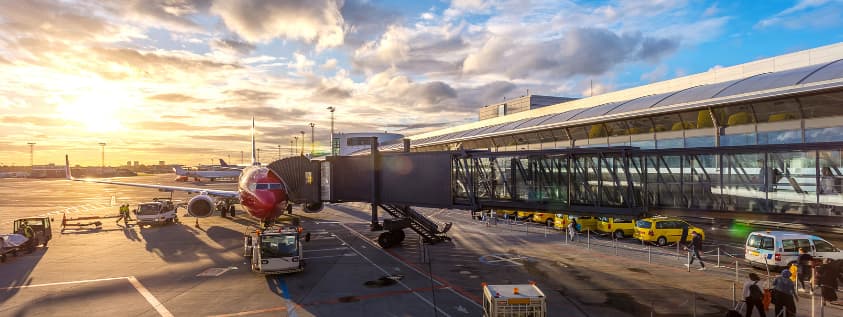The aviation industry has come a long way over the last century. To ensure that the industry grows in a healthy way, to control the expansion of markets, the emergence of new companies and to make sure that the whole industry follows the established rules, regulatory organizations such as EASA or FAA have been created. Although both have the same objective, there are differences between FAA and EASA.
EASA: What is it?
EASA (European Aviation Safety Agency) is a regulatory agency of the European Union. It is based in Cologne (Germany) and has been operating since 2003. EASA’s main function is to unify air navigation standards among the member states of the European Union.
EASA is the air safety authority. Its main functions include activities such as organizing and managing aviation safety, certifying aviation products and supervising approved organizations.
Its jurisdiction covers practically all civil aviation. Within this range it is in charge of type certificates, airworthiness approvals for aircraft engines. Although the National Civil Aviation Authorities of each country are responsible for aircraft licensing and certification, EASA is in charge of developing common civil aviation standards.
In addition to operating in the European Union, EASA carries out technical cooperation activities in many countries located in Africa and South Asia.
FAA:What is it?
The FAA is a regulatory organization responsible for overseeing the aviation industry in the United States and international waters within its jurisdiction. It was founded in 1958 under the name Federal Aviation Agency.
Among its most important functions are the regulation of commercial air transportation in the United States, promoting and developing civil aeronautics, developing and operating an air traffic control navigation system for civil aircraft, issuing or suspending pilot certificates, among many others.
Differences between FAA and EASA
As two separate regulatory entities, there are some differences between the FAA and EASA in aviation matters. In the case of pilot certifications, they are different and are achieved differently.
In the case of EASA, approximately 233 hours are required to work as a first officer, while the FAA requires 1500 hours as a first officer. This difference is due to the fact that the EASA curriculum is more theoretical than the one proposed by the FAA.
Another difference between FAA and EASA is the medical certificate. In both cases one is required, in the case of EASA the Madical Class 1 is required, and in the case of FAA the First Class Medical is required.
To be an EASA pilot and be able to renew your certificate, it is essential to undergo an annual proficiency check. In this verification, proficiency checks and additional renewal training are performed in case the rating has expired.
If you are an FAA-certificated pilot, a flight check must be performed every two years. This review must contain at least one hour on the ground and one hour of flight time. In case the pilot adds a new rating to his certificate, passing the review with the corresponding FAA inspector, it is counted as a flight review and the two years of validity start again.
Can an FAA certificate be converted to an EASA certificate?
One of the main differences between the FAA and EASA is that, being two different organizations, the type of certifications they issue are different. In some, such as the PPL, direct conversion is possible. For the commercial pilot and ATP certifications, the pilot must make the conversion, the private pilot certificate and then make the commercial pilot certificate through traditional training.
